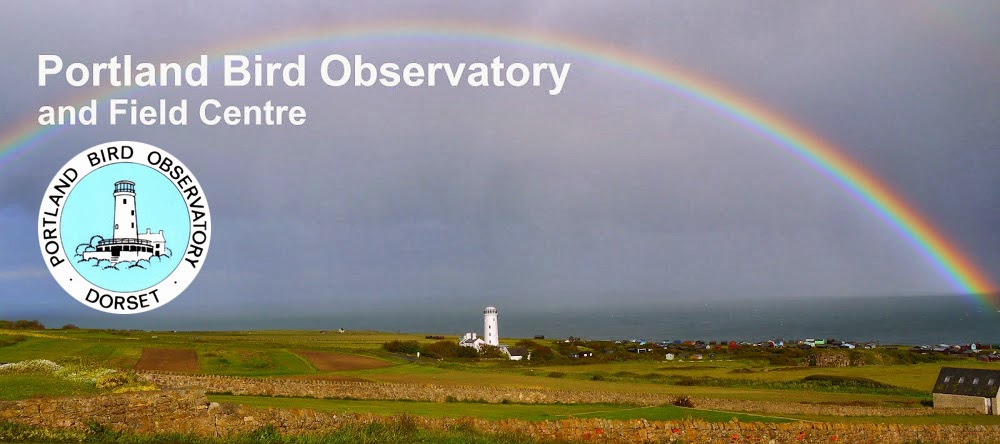Immigrant moth numbers remained at a low ebb although a Scarce Oak Knot-horn Acrobasis tumidana was a decent overnight capture in the Obs moth-traps.
Little Stint, Purple Sandpiper and Scarce Oak Knot-horn - Ferrybridge and Portland Bill, 28th August 2014 © Pete Saunders (Little Stint and Purple Sandpier) and Martin Cade (Scarce Oak Knot-horn)
And having resumed dabbling with ageing and sexing features it occurred to us that we've probably never touched on using eye-colour to help with ageing. It's often the case that there's a subtle difference between the iris colour of youngsters and adults: typically in the small passerines we handle most frequently the dark iris of juveniles gradually lightens or becomes more richly coloured with age. This difference can be surprisingly obvious and at times, given decent views in good light, even visible in the field. As an example here are two of our local Whitethroats photographed in recent days (© Martin Cade):
And having resumed dabbling with ageing and sexing features it occurred to us that we've probably never touched on using eye-colour to help with ageing. It's often the case that there's a subtle difference between the iris colour of youngsters and adults: typically in the small passerines we handle most frequently the dark iris of juveniles gradually lightens or becomes more richly coloured with age. This difference can be surprisingly obvious and at times, given decent views in good light, even visible in the field. As an example here are two of our local Whitethroats photographed in recent days (© Martin Cade):





